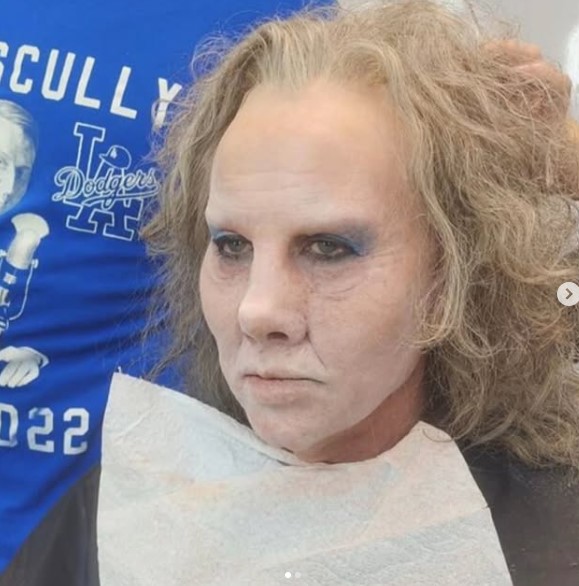Nicolas Cage’s commitment to his craft is evident in his dramatic transformation for the role of a satanic serial killer in “Longlegs.” He expressed immediate enthusiasm for the project upon reading the script, and collaborated closely with writer-director Osgood Perkins and makeup effects artists to bring the disturbing character to life. Perkins envisioned the villain as a “pathetic-ish guy,” a kind of unsettling clown figure, and this vision guided the makeup and prosthetic design. Cage’s dedication to the role included a desire to completely disappear into the character, embracing heavy prosthetics for the first time in his career.

The physical transformation for “Longlegs” was extensive, involving detailed sculpting by Harlow MacFarlane and Amazing Ape to achieve the desired look. A key element of the character’s appearance was the suggestion of bad, cheap plastic surgery, adding to the unsettling and grotesque nature of the villain. Beyond the physical changes, Cage also developed unique mannerisms and a singsong voice to further distinguish the character. He wanted to create a persona that was both disturbing and memorable, fully immersing himself in the role.

Cage’s portrayal of Longlegs was deeply personal, drawing inspiration from his late mother, Joy Vogelsang’s struggles with depression and schizophrenia. He recalled watching her talk to the walls during his youth, an experience that he found surreal and inspiring rather than disturbing. Cage incorporated these memories into his performance, attempting to understand the forces that drove his mother’s mental illness. He described the role as a deeply personal one, reflecting his own experiences of coping with his mother’s struggles.

Cage’s drive to succeed in Hollywood was fueled by his experience of growing up middle class among wealthier peers. Despite having a father who was a professor and writer, his family lived modestly, a stark contrast to the affluence of his classmates. He felt misunderstood and disadvantaged, particularly when it came to social status and dating. However, visits with his uncle, Francis Ford Coppola, exposed him to a different lifestyle, sparking a desire for that level of success, not just for the money, but for the prestige and sense of achievement it represented.

The resulting character of Longlegs, largely concealed in trailers, is a testament to Cage’s dedication and artistry. The heavy makeup and prosthetics render him unrecognizable, allowing him to fully inhabit the role of the disturbing serial killer. Cage’s willingness to explore the darker aspects of human nature, combined with his personal connection to the character’s struggles, promises a powerful and unforgettable performance.


